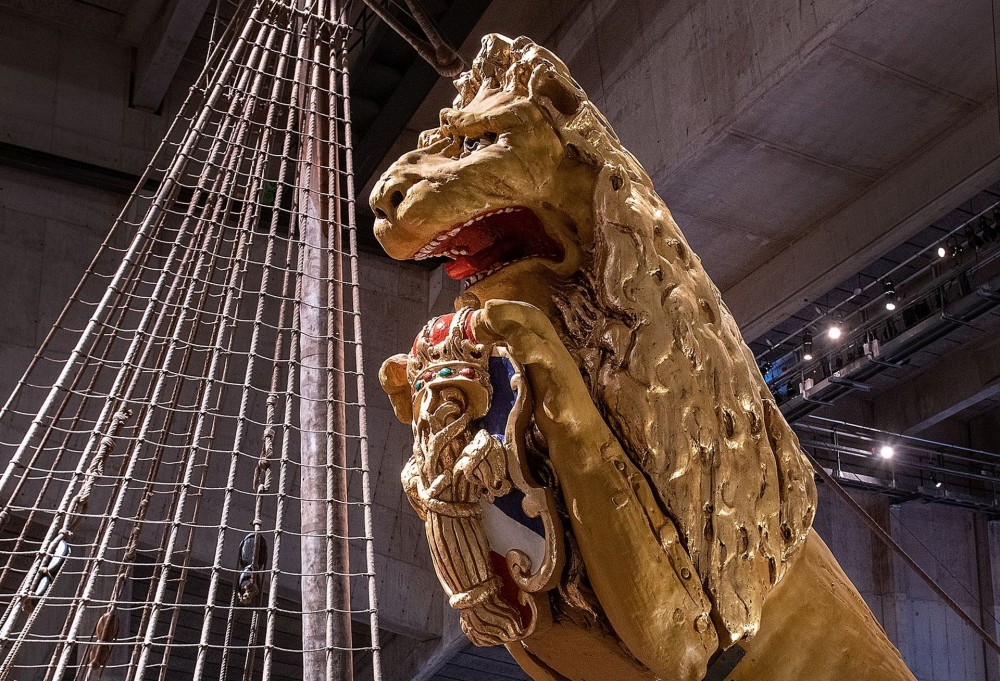
The figurehead of the Vasa ship in the shape of a lion. Photo: Anneli Karlsson, the Vasa Museum/SMTM.
How can we understand the magnificence of the warship Vasa? Why was it so important to make such a show in this extravagant way? The exhibition The "Power and the Glory" places the sculptures in their historical context and uses new technology to show the ship's reconstructed colours brought back to life before your very eyes.
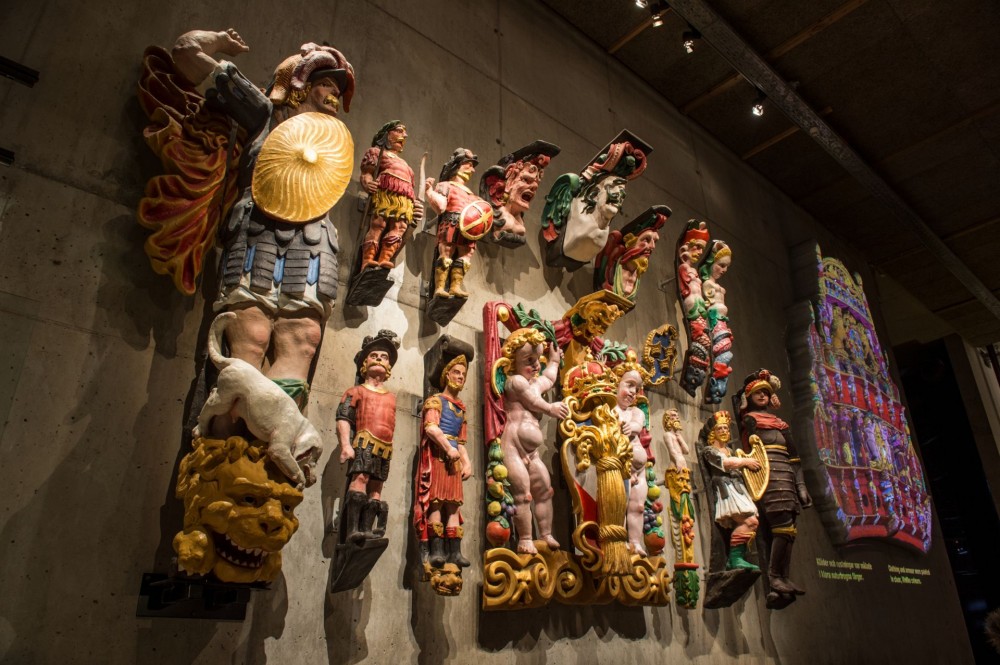
Reconstructions of some of the warship Vasa's sculptures. Photo: Anneli Karlsson, the Vasa Museum/SMTM.
The warship Vasa is swarming with Roman warriors, friendly mermaids, irascible lions and Greek gods. Just like the Vasa's hull, the sculptures are now a dark brown due to their time in the water and the conservation process. However, with the help of research, a different picture of the ship is emerging. Hundreds of microscopic paint fragments have been analysed and interpreted over a 12-year period. The research has now reached a stage where the museum has been able to reconstruct the painting of around 15 key sculptures, which is why the museum now confidently can say that it knows the principles applied when painting the ship. The exhibition shows a relief of the Vasa's stern slowly having colour added, along with another ten sculptures with their colours reconstructed.

Mascaron. Photo: Anneli Karlsson, the Vasa Museum/SMTM.
Using innovative and advanced technology, the museum is also offering a slide show on eight large plasma screens on which the Vasa's sculptures are placed in their historical artistic context. The story starts with bronze age rock carvings and continues with the ships of the major seafaring nations of Northern Europe. Spain, England and the Netherlands were all battling to outdo each other, with ship ornamentation reaching its zenith in the 17th century. For the sparsely-populated and little-known country of Sweden, and for Gustavus Adolphus with his empire-building ambitions, it was important to show that Sweden was a match for these other countries. The Vasa's sculptures would bear witness to the power, military might and political resources of the nation.
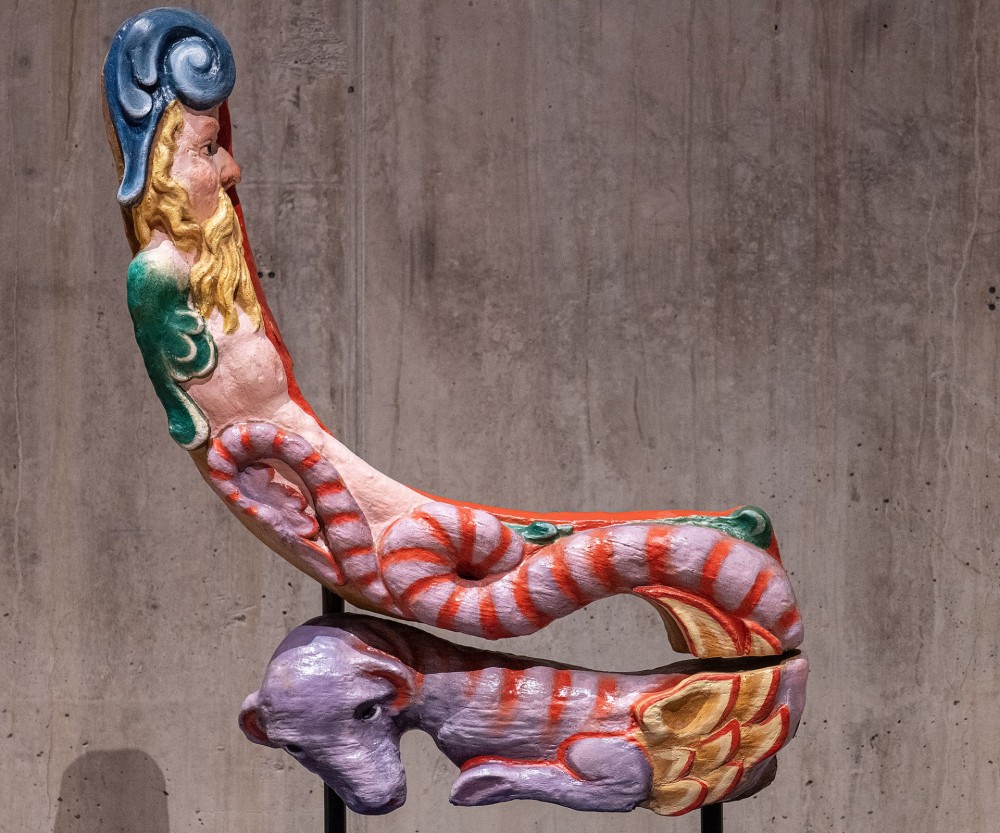
Proteus - a sea creature. Photo: Anneli Karlsson, the Vasa Museum/SMTM.
The exhibition tells us more about the rivalry between the royal houses, the expression of power, artists brought in from Europe, grand contemporary works in wood and much more besides. The "Power and the Glory" is part of the museum's permanent range of eleven exhibitions.
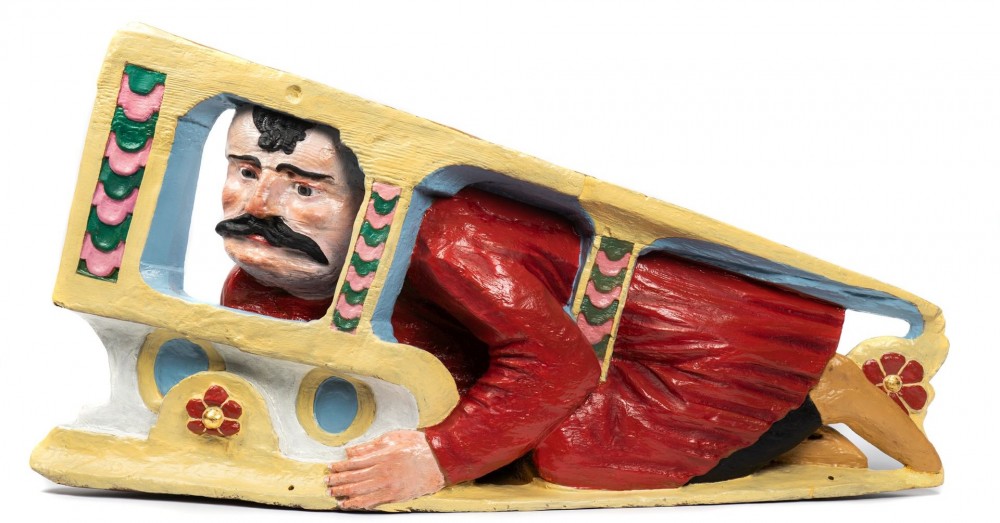
Sculpture depicting a Polish nobleman. Photo: Anneli Karlsson, the Vasa Museum/SMTM.
https://www.vasamuseet.se/en/visit/exhibitions/power-and-glory

Colour materials – mineral and plant pigments – of the kind that were used for the ship Vasa in the 1600s. Photo: Anneli Karlsson, the Vasa Museum/SMTM.
We invite you to read our previous publication dedicated to the Vasa Museum: https://museumworldranking.net/news/vasa-up-close,265
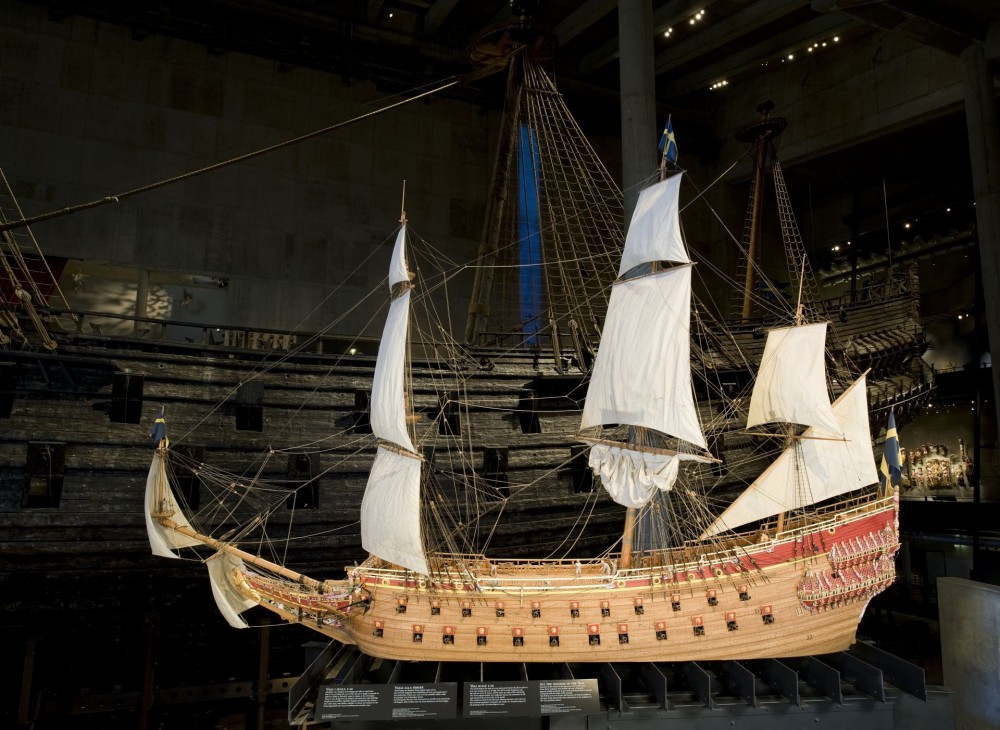
Model in scale 1:10 of the ship Vasa. Photo: Anneli Karlsson, the Vasa Museum/SMTM.

